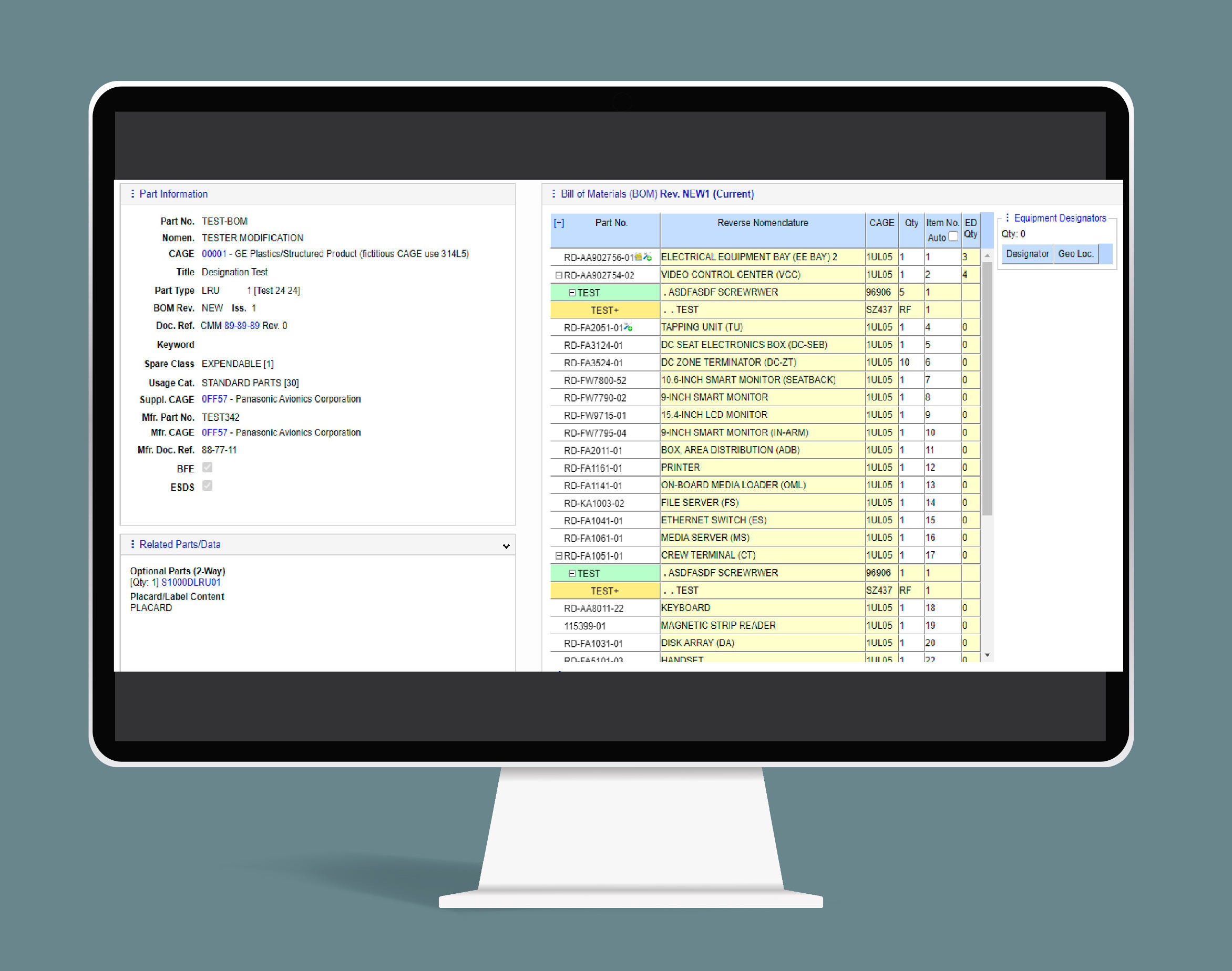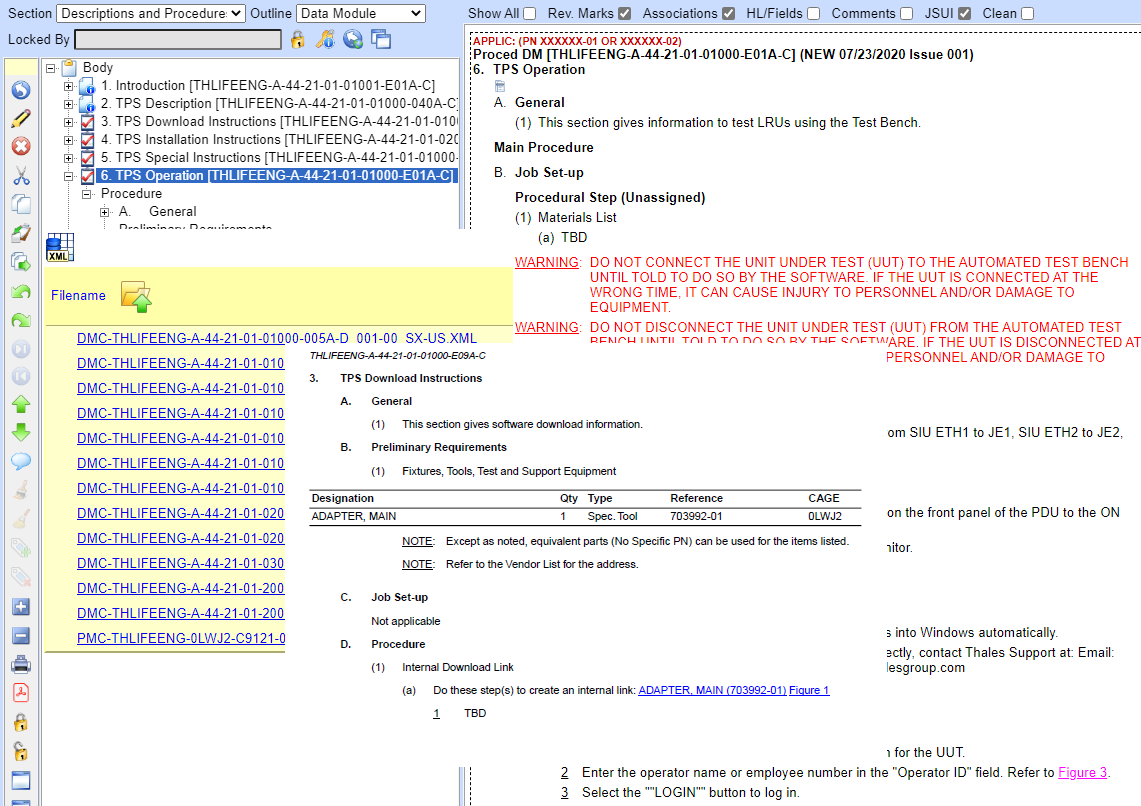See beyond the printed page...
Digital transformation goes beyond replacing spreadsheets with a relational database, automating manual processes, or migrating from legacy infrastructure to modern tools and applications. Digital transformation is more of a strategic business concept than a technology concept. It is the process of rethinking and adapting business culture, strategy, processes and operations in a way that takes full advantage of technology.
Digital transformation does not have to equate to disruption. Most assume digital transformation means massive investments and an entire new way of doing things. Some areas of a business may be ripe for disruption in order to identify new revenue streams and implement new business models. However, digital transformation is much more likely to be incremental and, therefore, minimally disruptive.
Transformation in any area of your business doesn’t happen overnight. Attempting to make wholesale changes to critical technology and systems is a risky proposition because these changes might require new skills, new processes, and a cultural shift.
Digital transformation succeeds when approached strategically in phases over a period of several months to years, starting with those areas of your organization where transformation will deliver the most business value. Incremental change with careful evaluation and integration of business models, processes and technology, along with employee training, will help you minimize both risk and disruption.
Expertise and guidance are critical to success in identifying business processes that can benefit from transformation, evaluating the technology, and understanding how to incrementally implement transformative tools and technology. A focus on customer needs, guidance, strategy and patience are keys to success.
Digitize Automate Transform Connect
Why are today's technical publications held to an EXCEEDINGLY higher standard than source engineering design documents, product specifications, acceptance test procedures, training content, bill of materials, and electromechanical drawings? Poorly prepared source data inherently places the cost and burden of interpreting and processing unstructured documents solely on the shoulders of internal technical writers or sub-vendors. What ensures that the data required for maintenance publications is whole or that content applicability has been effectively defined and communicated?
Why not apply the same industry-approved digital data requirements to source engineering production? Then with intelligent mappings and standard stylesheets, transform your engineering into fully compliant technical publications with ease and accuracy eliminating unnecessary cost, increasing efficiency and quality, and reducing lead time.
Build-A-BOM
Create S1000D-compliant engineering drawings with intelligent multi-level bill of materials. Generate common information repositories (CIR) and illustrated part data (IPD) on the fly while harnessing the power of transformable SVG graphics.

EDDE - Engineering Design Document Editor
The S1000D procedural and descriptive data module schema-based source engineering editor allows for the ability to seamlessly transform to publication-level procedural/descriptive data modules.
The Power of SVG
Scalable Vector Graphics - 6 Reasons to Love SVG
SVG is an open standard developed by the World Wide Web Consortium (W3C). According to the W3C, even in the early days of the web, it was apparent that a vector graphic format would be useful. Although it was influenced by ideas and specifications from submissions from several top companies, The W3C basically designed SVG from the ground up. We won’t waste time describing why vector is superior over raster, but here are a few things you may not know:
- Scalability – Vector images are resolution-independent and can scale to any dimension without losing quality. Browsers just recalculate the math behind the image so there is no distortion. Raster images on the other hand lose their resolution when enlarged because their small pixels are forced to expand beyond their original size.
- Interactivity – Hyperlinks and virtually any kind of animation can be added via styling and scripting.
- Editability – Unlike CGM, since SVG is XML and not binary format, editing an SVG is as easy as changing the coordinates or a word in a text editor or coding the SVG onto your webpage and altering it with code. You can also use popular vector graphics editing software such as Adobe Illustrator or Corel Designer, although you do not need illustration software or internal scripting or macro code.
- Size-ability – Pixel-based images are saved at a large size from the start because you can only retain the quality when you make the image smaller, but not when you make it larger. Since SVGs are scalable, they can be saved at a minimal file size.
- Searchability – SVG images are defined in XML text files, so key words and descriptions can be used and more easily recognized by search engines.
- Transformability - SVG content can be modified, cut, transformed, and manipulated using standard stylesheet tools such as JavaScript, CSS, or XSL.


